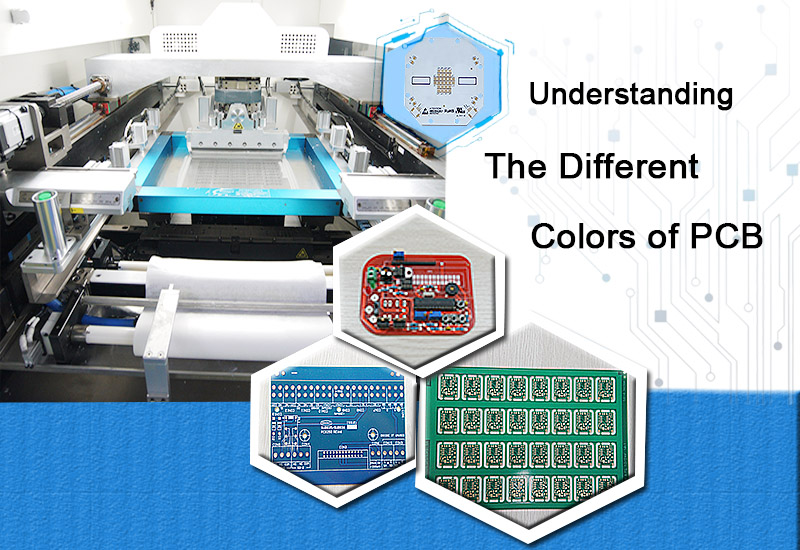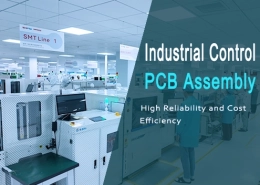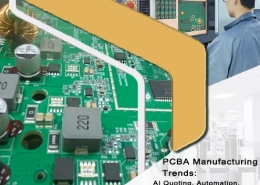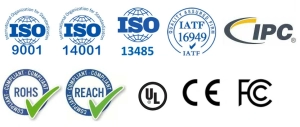SMT Basic Process , 15 Question You Need to Know
Green PCBs are visually easy to identify because their fluorescent dyes can hide welding defects to ensure the quality of the circuit board. In addition, green coating has better insulation and heat resistance. The unity of the circuit board’s color also makes production and maintenance more efficient. Although many colors exist, green is still the circuit board manufacturing industry standard, affecting brand image and product recognition.
1. The Main Reasons for The Popularity of Green PCB
● Production Process
In the PCB fabrication process, including board making and patch engineering, it is necessary to pass through the yellow light room, and only the green PCB board has the best visual effect in the yellow light room; in the SMT patch processing process, it includes tinning, patch and AOI verification, etc. These steps require optical positioning calibration, and the green base plate is more friendly to instrument recognition, which is convenient for standardization and automation of the circuit board production line.
● Visual Effect
Currently, the PCB functional test sometimes needs workers to look at the board with their eyes because the green stimulation of the eyes is small, and production and maintenance personnel cannot easily hurt their eyes when they stare at the PCB board for a long time.
● Material Selection
Green PCB usually use epoxy resin and fluorescent dyes, which have excellent insulation and heat resistance, making them outstanding in electrical performance.
● Cost Factors
The materials used for green coatings are usually relatively cheap and have low production costs, making them an economical choice for most circuit board manufacturers. At the same time, green PCBs are more environmentally friendly and will not release toxic gases when used in high-temperature environments.
2. Unique Advantages of Different Colored PCB
● Black PCB
Generally speaking, black and blue circuit boards have a certain conductivity during use because cobalt and carbon are added to the solder mask, which may cause a short circuit risk. In addition, cobalt and carbon are prone to emit toxic gases in high-temperature environments, which are not environmentally friendly during use or post-processing. However, black PCB are often used in high-end electronic products because of their high-end appearance and good anti-light reflection performance, making them suitable for audio and video equipment. At the same time, it is not easy to see the wiring on a black circuit board, which makes it difficult to copy the board.
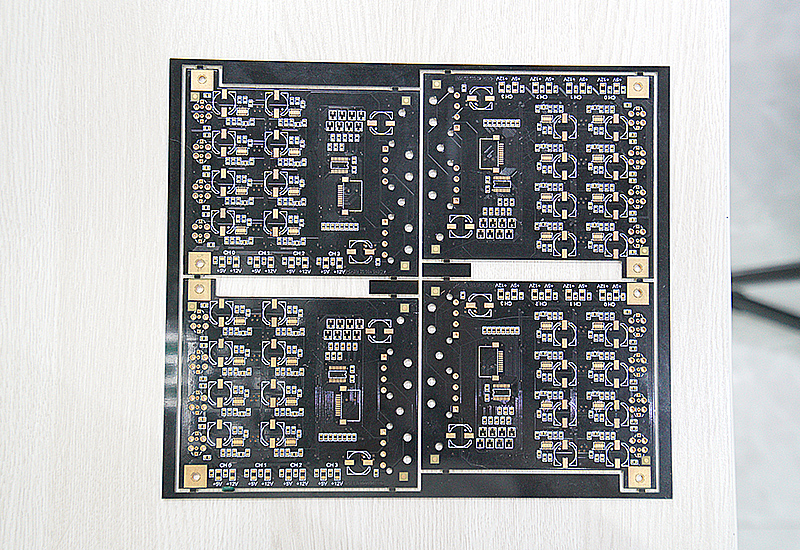
● Blue PCB
Blue PCB is considered a thick label board because it provides significant screen printing contrast. It is also an excellent aesthetic choice and is better for installation on LCDs because it does not produce sharp contrast edges and bright background colors. However, blue resist has high fluidity and is prone to oil accumulation and uneven oil distribution, so it needs to be placed flat during production, not vertically, which takes up space.
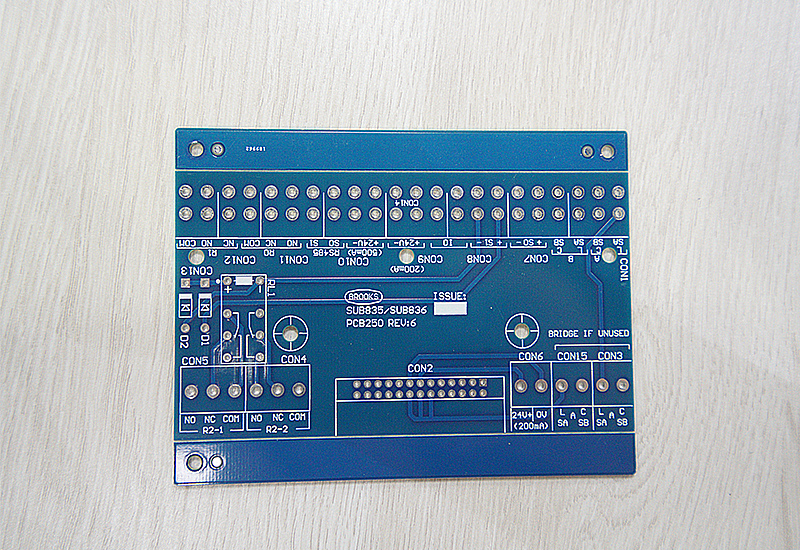
● White PCB
White PCB looks clean and neat in various environments and is becoming increasingly popular, but it is easy to hide the wiring because of white PCB. It is mostly used in LED lighting and medical equipment because of its high reflectivity, which helps to distribute light evenly.
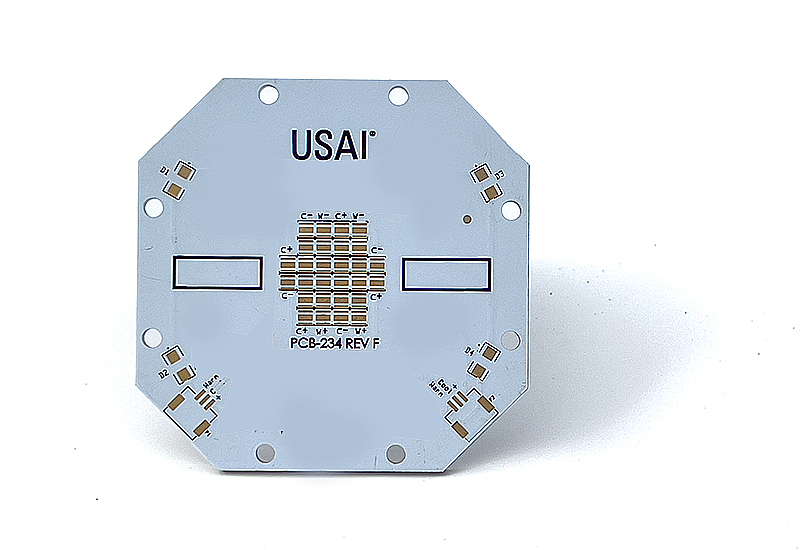
● Yellow PCB
Yellow PCB can quickly meet different needs, such as style, cleanliness, and visibility. However, it has one obvious disadvantage: poor contrast with traces and screen printing.
● Red PCB
Red PCB has excellent visibility and a clearly defined contrast of traces, planes, and blank areas. The silkscreen looks very beautiful on the red PCB. It is commonly seen in toys, consumer electronics, and creative designs to attract consumers’ attention and enhance visual appeal.
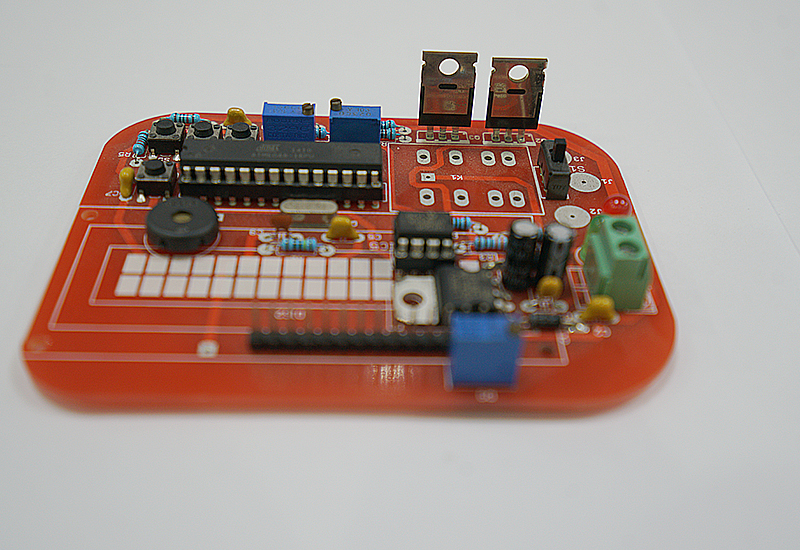
3. Which Process is Used to Produce the PCB Color?
Different colors will not affect the manufacturing method of PCB. The PCB color is mainly produced in the coating process. The specific process includes:
● Coating Application
During the PCB manufacturing process, circuit boards are coated with an insulating coating, which is usually based on glass epoxy, a material used to make the solder mask layer of circuit boards. Specific dyes are added to achieve the desired color.
● Baking and Curing
After coating, the PCB will be baked and cured to ensure that the coating is firmly bonded to the substrate and has the required electrical properties.
● Surface Treatment
After the coating is completed, the PCB may also be cleaned and surface treated to remove impurities and improve adhesion. The whole process ensures that the PCB’s color is uniform and durable and meets the needs of functionality and aesthetics.

